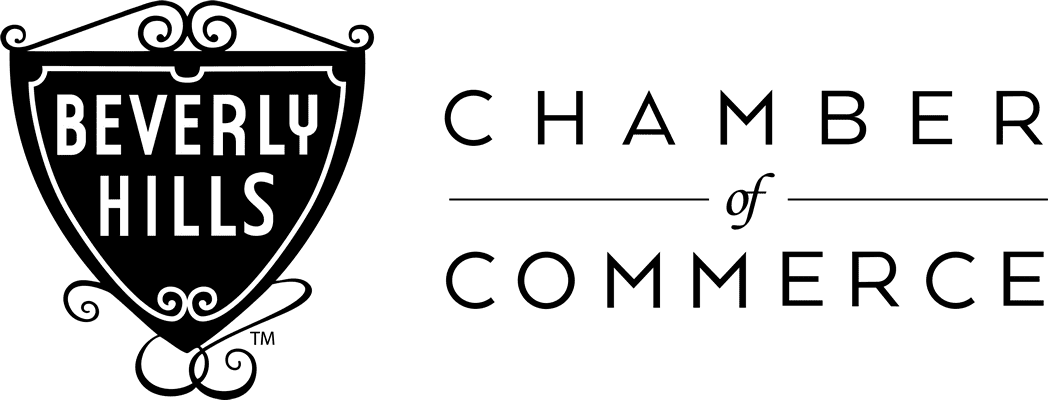At Beverly Hills Publishing, we know that writing a book is just the beginning of an author’s journey. The real challenge lies in successfully publishing and marketing your work to reach your target audience.
Book publishing and marketing can be complex, but with the right strategies, you can navigate this process effectively. In this blog post, we’ll guide you through the essential steps of publishing your book and share proven marketing techniques to boost your sales.
Navigating the Publishing Landscape
Traditional vs. Self-Publishing: Your Options
The publishing world presents two main paths for authors: traditional and self-publishing. Traditional publishing involves finishing your book, consulting beta readers or an editor, revising, and creating a dream list of publishers. This route offers professional editing, design, and distribution services, but often results in lower royalties and less creative control.

Self-publishing gives authors complete control over their work and higher royalties. For example, Amazon’s Kindle Direct Publishing platform offers royalties up to 70%. However, self-published authors must handle all aspects of production and marketing themselves.
Manuscript Preparation: Polish Your Work
Before submission, ensure your manuscript shines. Write a compelling synopsis and query letter (these form your first impression on agents or publishers). Format your manuscript correctly: most publishers prefer double-spaced, 12-point font in a standard typeface like Times New Roman. Always check submission guidelines carefully, as requirements vary.
Professional Editing: A Non-Negotiable Step
Professional editing significantly improves your book’s quality and marketability. A recent survey found that 55% of authors who use professional editors spend over $500 per book. Editors not only catch grammatical errors but also improve plot structure, character development, and overall readability.
Choosing Your Publishing Path
Your publishing route should align with your goals, resources, and target audience. Traditional publishing suits authors who want wide distribution and don’t mind sharing creative control. Self-publishing appeals to those who seek faster publication and higher royalties.
A third option combines the best of both worlds. Some innovative publishing companies (like Beverly Hills Publishing™) offer a unique model that provides the support and expertise of traditional publishing while giving authors more control and higher royalties. This approach focuses not just on publishing your book, but also on building your personal brand and establishing you as an industry authority.
As you weigh these options, consider how each aligns with your long-term goals as an author. The path you choose will significantly impact your book’s journey from manuscript to bestseller. Next, we’ll explore effective strategies to market your book and maximize its reach.
Effective Book Marketing Strategies That Work
Build a Strong Author Platform
Your author platform serves as the foundation for your success. Create a professional website that showcases your book, expertise, and unique voice. Include a blog with regular posts related to your book’s theme or genre. This approach improves SEO and establishes you as an authority in your field.

Focus on growing your email list. Offer a free chapter or exclusive content in exchange for email sign-ups. For every $1 spent on email marketing, the average return is $36, delivering a 3600% ROI.
Maximize Social Media Impact
Social media proves a powerful tool for book promotion. Select platforms where your target audience is most active. Non-fiction authors often find success on LinkedIn and Twitter, while fiction authors might thrive on Instagram or TikTok.
Post consistently and engage with your followers. Share glimpses of your writing process, teasers from your book, and relevant content that adds value to your audience. Use strategic hashtags to increase your visibility.
Social media marketing can have a real impact on growing your author’s platform and successfully launching a book.
Utilize Reviews and Testimonials
Reviews and testimonials build credibility and encourage potential readers to purchase your book. Reach out to book bloggers, industry experts, and other authors in your genre for reviews. Consider offering advance reader copies (ARCs) in exchange for honest feedback.
Display these reviews prominently on your website, social media, and book listings. A survey by BrightLocal found that 79% of consumers trust online reviews as much as personal recommendations from friends or family.
Launch Your Book with Impact
Your book launch presents a critical moment to generate buzz and sales. Start planning 3-6 months in advance. Create a timeline for your marketing activities, including social media posts, email campaigns, and promotional events.
Host a virtual launch party or a series of online events to engage with your audience. Use platforms like Facebook Live or Zoom to connect with readers directly. Offer special promotions or bonuses for early buyers to incentivize purchases during the launch period.
Explore Innovative Publishing Models
While traditional and self-publishing remain popular options, innovative publishing companies (such as Beverly Hills Publishing™) offer a unique model. These companies provide the support and expertise of traditional publishing while giving authors more control and higher royalties. This approach focuses not just on publishing your book, but also on building your personal brand and establishing you as an industry authority.
As you implement these strategies, continuously analyze your results and adapt your approach. The next section will explore how to maximize your book sales and distribution to reach a wider audience and increase your revenue potential.
Maximizing Your Book’s Reach and Revenue
Optimize for Online Success
To stand out in the crowded online marketplace, your book needs optimization for discoverability. Craft a compelling book description that includes relevant keywords.

Focus on your book’s metadata. This includes your title, subtitle, author name, and categories. Choose categories that accurately represent your book but also have less competition. Amazon allows you to list your book in up to 10 categories (use this to your advantage).
Pricing strategy plays a critical role. Start with a lower price point to encourage initial sales and reviews, then gradually increase the price. Many successful self-published authors use this strategy to build momentum.
Expand to Physical Bookstores
While online sales dominate the market, physical bookstores still play a significant role. Independent bookstores saw substantial growth in online sales, with IndieCommerce websites reporting over $42M in sales in 2022, averaging $65K per store. To tap into this market, approach local independent bookstores first. They often show more openness to working with self-published authors and can provide valuable community connections.
For wider distribution, look into print-on-demand services that work with major distributors. These services allow you to make your book available to physical stores without the upfront costs of large print runs.
Diversify Your Formats
Don’t limit yourself to just print or e-books. The audiobook market is booming, with a 25% year-over-year growth reported by the Audio Publishers Association. Create an audiobook version of your work to open up a whole new audience.
For non-fiction authors, consider creating a course based on your book. Online learning platforms allow you to reach learners directly and can provide a significant additional revenue stream.
Leverage Personal Appearances
Speaking engagements and events can serve as powerful tools for book promotion. A survey by Eventbrite found that 82% of attendees at author events are likely to buy the featured book. Look for opportunities to speak at conferences, book clubs, or local community events related to your book’s topic.
Virtual events have also become increasingly popular and can help you reach a global audience. Online platforms allow you to host book readings, Q&A sessions, or workshops that can drive interest and sales.
Maximizing your book’s reach and revenue requires an ongoing process. Monitor your sales data, gather reader feedback, and adjust your strategies as needed. With persistence and the right approach, you can significantly increase your book’s visibility and profitability in the competitive publishing landscape.
Final Thoughts
Book publishing and marketing demand a strategic approach, dedication, and adaptability. Authors must choose the right publishing path, implement effective marketing strategies, and build a strong platform to succeed. Success often results from a combination of quality content, strategic marketing, and unwavering determination.
Beverly Hills Publishing understands the challenges authors face in today’s competitive landscape. We offer an innovative approach that combines publishing with strategic branding and marketing (propelling authors beyond traditional boundaries). Our focus lies on establishing authors as leading authorities in their industries, enhancing both their personal and professional brands.

Authors who partner with Beverly Hills Publishing gain access to a comprehensive support system. We cover every aspect of the publishing and marketing process, from manuscript preparation to launch strategies. Our goal is to equip authors with the tools and expertise needed to elevate their visibility and build strong brand identities.







